Honour for lively Science City
Since 2003 ETH Zurich has steadily been developing the Science City campus as a model university of the 21st century. The initiator of the visionary project, Gerhard Schmitt, a professor of architecture at ETH Zurich, has now received the 2010 European Cultural Award for Science in Strasbourg.
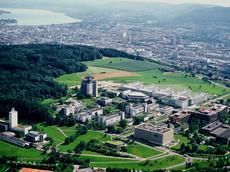
Still some years ago there was almost monasterical silence on the grounds of the ETH satellite on Hönggerberg above Zurich. Today the campus of ETH Hönggerberg is filled with almost urban activity. Sports facilities, bistro, nursery, and since lately gaudy mobile seats on the campus cause a bustle also outside the labs and auditoriums. In front of the bookshop boxes of discount books are arranged, next to it a small grocery is crowded by hungry students looking for a snack. Workers vociferously lend a hand to finish the Alumni lounge, which shall be opened mid May. Welcome to Science City. With the aim of offering the top talent from all over the world ideal conditions for education and research both today and in the future, ETH Zurich has continually been developing the Science City campus at the Hönggerberg site since 2003. To these belong excellent research labs, but also the aforesaid infrastructure that make a neighborhood worth living.
Science City serves as a model university of the 21st century. It is based on the vision of a city district for a thinker’s culture; a place that combines science, the business world and the public sphere in the long term. Today, the European Foundation for Culture Pro Europa has awarded the Science City project and its initiator, Gerhard Schmitt, a professor of information architecture at ETH Zurich and designated director of the Singapore-ETH Center, the 2010 European Cultural Award for Science.
Sharing knowledge with society
Science City is acknowledged as an exemplary model that endeavors to solve the problem of many university expansions and new foundations, which are often planned as isolated satellites on the outskirts of towns. “Universities have a duty to enhance and expand on knowledge, teach it as a public good, and share it with society. In his capacity as Vice-President of Planning and Logistics at ETH Zurich, Gerhard Schmitt refused to allow the ETH-Zurich satellites on Zurich’s Hönggerberg to become isolated”, says former President of ETH Zurich Olaf Kübler in his laudation.
Living and residing in Science City
Science City is also a model for a sustainable form of development planning that includes all those involved. In future workshops with the students and staff of ETH Zurich, in discussions with the inhabitants of the surrounding residential district, and in conversations with decision-makers from politics and business, an exchange arose that made the development of the novel campus possible. The City of Zurich amended its building regulations to make it possible to live on the campus, for instance. As a first step, 430 student apartments are to be built by 2014. The innovative HIT building for information science and a lavish sports center, which is also open to local clubs, have already been opened thanks to donations. With the popular science series “Treffpunkt Science City”, a program has been created that conveys science to the population in an attractive and understandable manner and attracts numerous visitors. Current projects in Science City are aimed at improving the campus’s appeal and quality of life further.
Lighthouse for sustainability
Science City is also ETH Zurich’s largest sustainability project. Thanks to a favorable transport policy, over 80 percent of the students and staff can reach the campus by public transport; a dynamic underground storage system ensures that ETH Zurich will massively reduce the CO2 emissions in Science City; moreover, the campus buildings were constructed and redeveloped in such a way that they are energy-efficient and can be run with the maximum possible conservation of resources. Numerous experimental projects also contribute toward the sustainable operation of the university, such as the student-run solar cinema in the summer months.
“Science City is a place where ideas are born and allowed to flourish, and will thus become an important locational advantage for both Zurich and Switzerland”, states Ralph Eichler, President of ETH Zurich, confidently. Prize winner Gerhard Schmitt perceives the cultural award as confirmation of the university’s long-term development policy: “ETH Zurich concepts are born in Science City and taken all over the world – through the Future Cities Laboratory, for instance, which is being established in Singapore. Consequently, the prize belongs to the people of Zurich and its districts who supported the project.”
Prize to encourage cultural exchange
The European Foundation for Culture – a private, non-profit organization based in Basle, Switzerland – was founded in 1993 with a view to revitalizing the dialog between the European states and regions, as well as helping to foster a cultural exchange in Europe that supports politics, builds up trust and encourages communication. Once a year, the foundation presents the European Cultural Awards for outstanding achievements, initiatives and cultural work. Leading figures receive non-monetary awards for outstanding services to European culture. Previous winners include such big names as the Ticino architect Mario Botta, the composer Pierre Boulez and the late art collector and museum founder Ernst Beyeler.


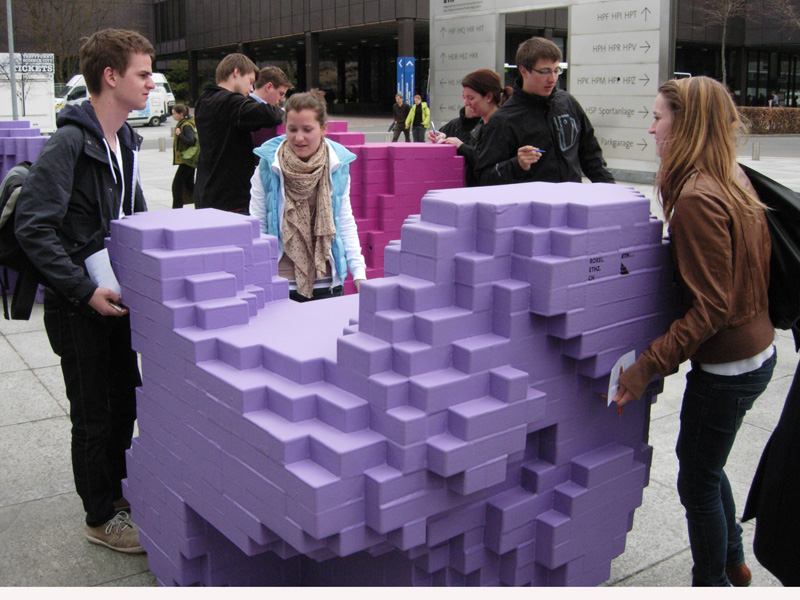
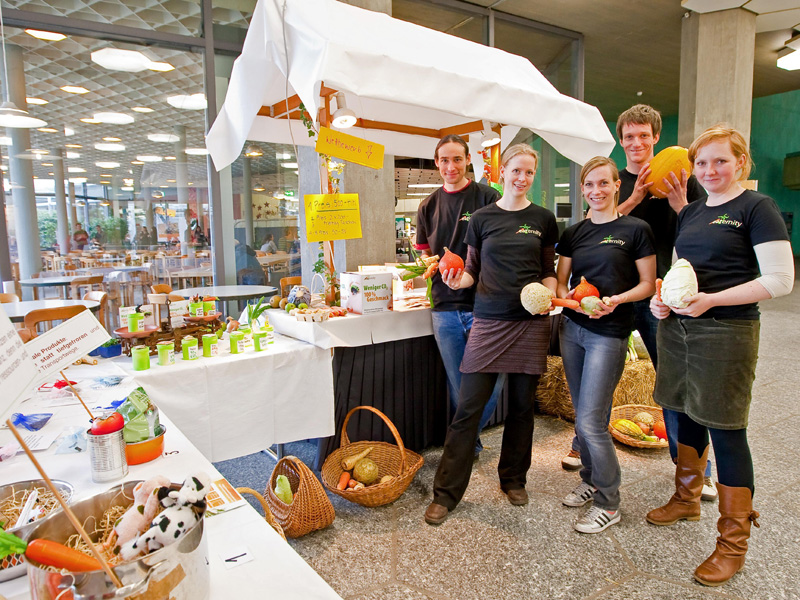
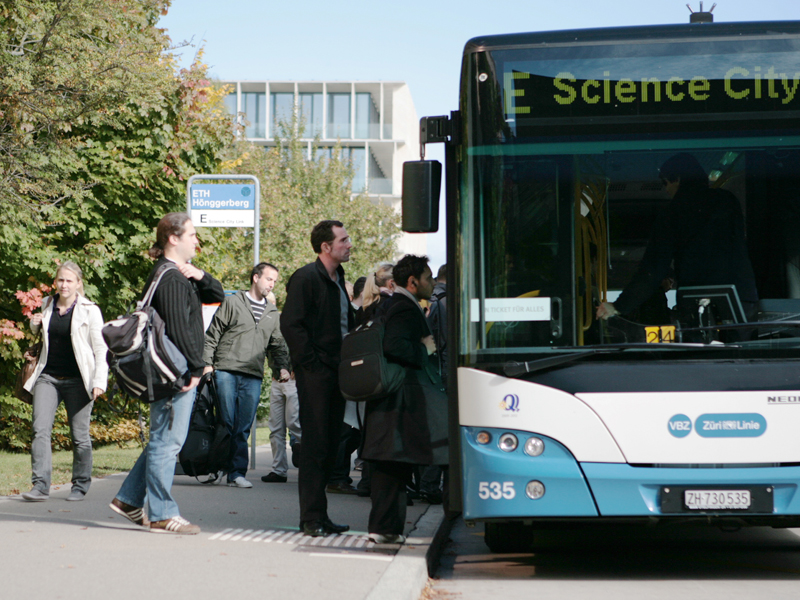
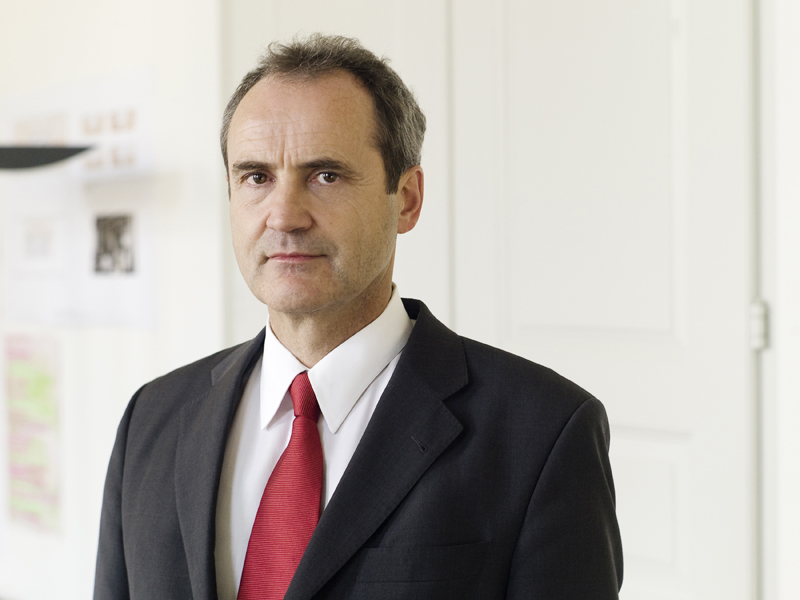





READER COMMENTS